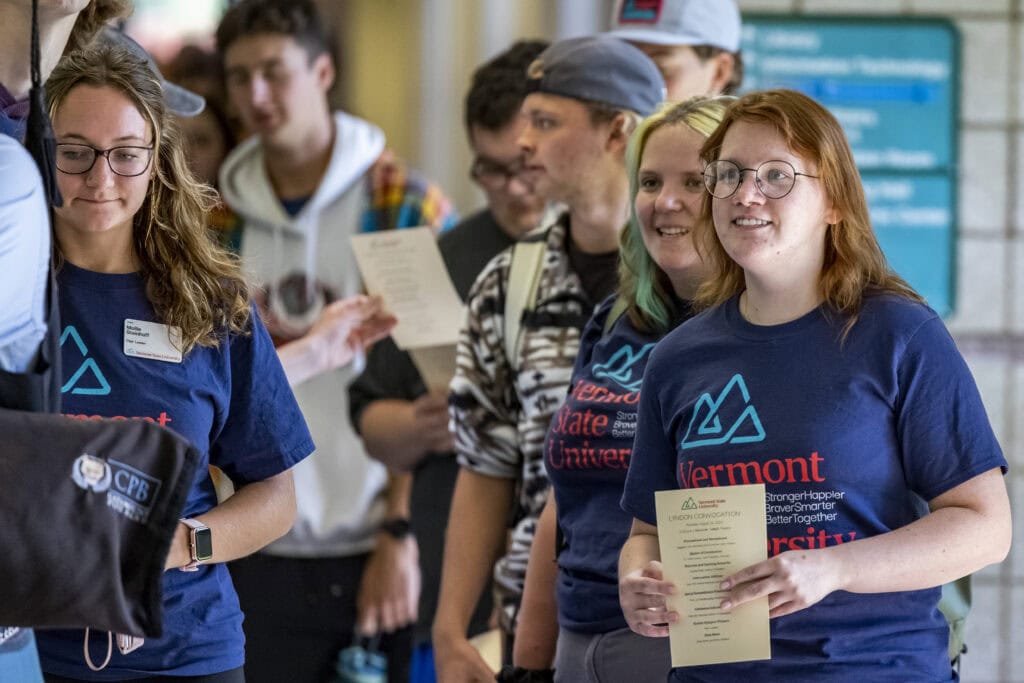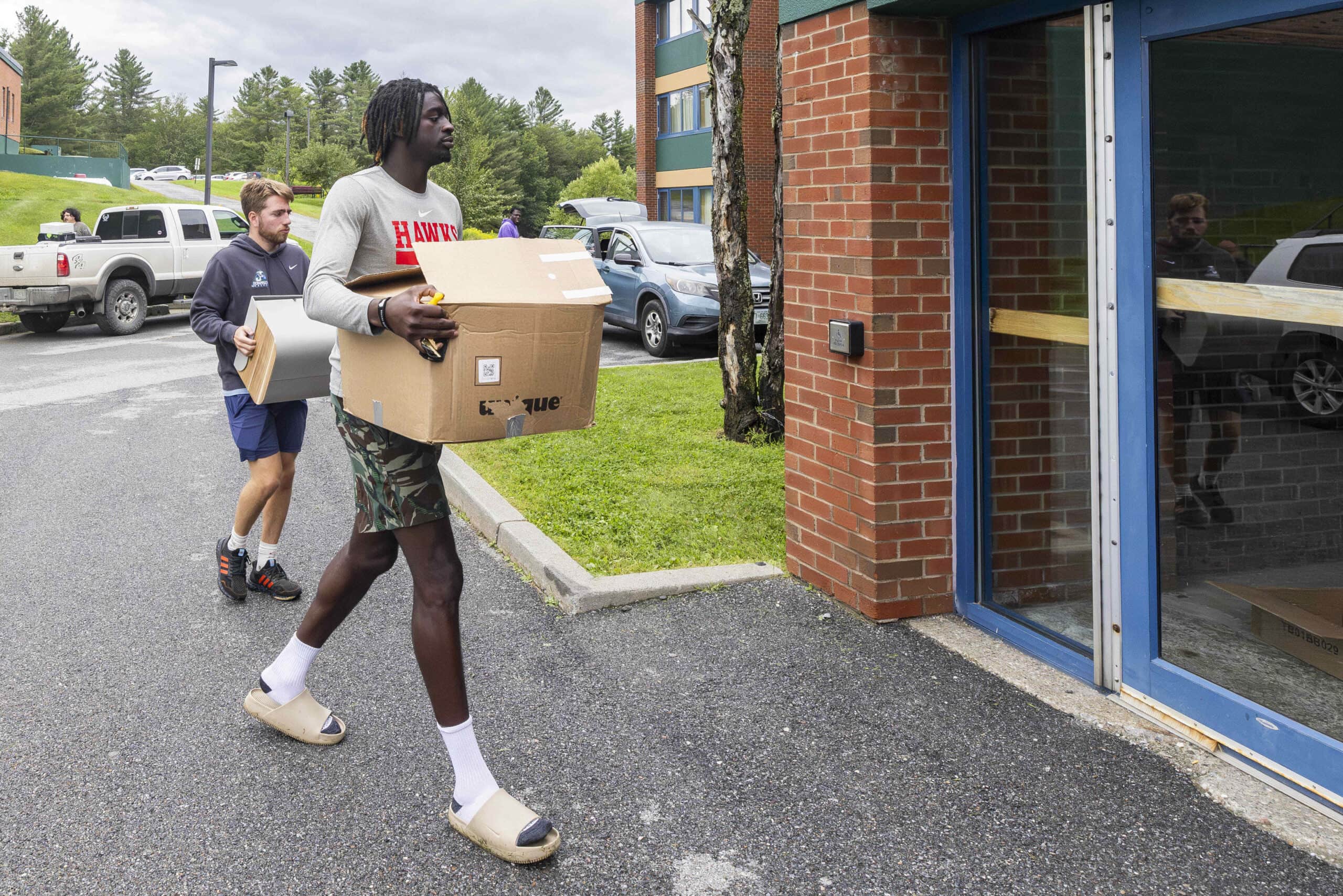After a tumultuous launch, Vermont State University’s first-year enrollment grew 14 percent this fall. Is its recovery proof of concept for campus consolidation?
10/3/2024
By Liam Knox
Vermont State University, the product of a 2022 merger of three struggling regional colleges, was created to save the state’s flailing higher education system. If it didn’t succeed, officials implied, budget cuts and campus closures could follow.
Its inaugural year was marked by controversy and leadership turnover. Overall enrollment declined by 6 percent, and first-year enrollment fell by 15 percent. It looked like maybe the experiment wasn’t enough to combat the state’s dire demographic challenges—or that mismanagement had sullied its promise.
But VTSU’s fortunes have reversed this fall. First-year enrollment surged by 14 percent, more than even its bullish new leadership anticipated, and overall enrollment is up by about 3 percent.
“While we were expecting some recovery, we were really pleased to see growth at this level,” VTSU president David Bergh told Inside Higher Ed. “I think it’s fair to say that 14 percent is good by any measure.”




Ricardo Azziz, director of the Center for Higher Education Mergers and Acquisitions, has been tracking the effects of public university consolidations for more than a decade. He said that VTSU’s enrollment trajectory is largely in line with others’, but that the extent of its pendulum swing—from a double-digit decline to a nearly equal recovery—is remarkable, especially for an institution operating in rural areas with declining populations.
“A dip in the first year or two after a merger is actually the most common enrollment trend we see,” he said. “Often there’s recovery after that, but to be honest, [VTSU’s] did surprise me … that’s a pretty amazing bump.”





